Space and Astronomy Activity BUNDLE
$19.99
Fun activities to add ENGAGEMENT and RIGOR to your astronomy unit!
Grades 7 and Up
Includes 10 high-interest activities on the universe, sun, gravity, solar system, galaxies, and astronauts!
-
Galaxy Types Classification Activity (with Google option)
-
Draw Our Solar System TO SCALE Poster Project
-
Graphing Gravity Activity (with Google option)
-
Weight on Different Planets Activity (with Google option)
-
Group Activity: Graphing Sunspots and the Solar Cycle
-
Health Risks in Space Reading & Activity (with Google option)
-
NASA Scientist Biography & Questions (with Google option)
-
Formation of the Universe Reading & Questions (with Google option)
-
Formation of the Solar System Reading & Questions (with Google option)
-
Telescope Build Project – FREE BONUS
INDIVIDUAL PDF RESOURCE DESCRIPTIONS:
Galaxy Types Sorting Activity: In this activity, students will:
- Read about different types of galaxies.
- Answer several text-dependent analysis questions.
- Practice classifying pictures of 10 real galaxies.
Draw Our Solar System TO SCALE: Students create a (really long!) poster of our solar system. In this activity, students will follow these steps:
- Tape several pieces of copy paper together to create a long poster.
- Follow specific, given measurements to create planets that are the correct diameter and distance apart.
- Color the planets according to the provided information.
- Label all space objects.
Graphing Gravity Activity: This gravity activity has students investigate the particles of Saturn’s rings to determine the relationship between mass and gravity, and distance and gravity. There are several parts:
- Part 1: Introduction
- Part 2: Provides a data table of ring particles’ masses and gravitational forces. Students analyze the data table for trends and then graph the data on a provided graph.
- Part 3: Provides a data table of ring particles’ distances from Saturn and gravitational force. Analyze the data for trends and then graph the data on a provided graph.
- Part 4: Several analysis questions, including a claims/evidence/reasoning table, all of which focus on the relationship between mass and gravity, and distance and gravity.
Weight on Different Planets Activity: Give middle school students a better understanding of their relative weight on different planets as they have fun finding out how heavy or how light they would be elsewhere in the solar system!
Group Activity: Graphing Sunspots and the Solar Cycle: Students learn about and graph solar activity by year to discover the 11-year solar cycle. In this activity, students will:
- READ an introduction to sunspots and solar flares.
- ANSWER “check for understanding” questions.
- GRAPH sunspot data to reveal the 11-year solar activity cycle.
Health Risks in Space Reading & Activity: In this activity, students will:
- READ the engaging article “Health Risks” about the various effects of space on the body.
- Define KEY TERMS from the text.
- Summarize the effects of space on the body on a GRAPHIC ORGANIZER.
- ANSWER 10 text-dependent analysis questions.
NASA Scientist Biography & Questions: Valerie Thomas was a highly successful NASA scientist during a time that females, particularly Black women, were shunned by the scientific community. In this activity, students will:
- READ a 2-page article about the life and scientific accomplishments of Valerie Thomas.
- ANSWER 10 text-dependent reading comprehension questions related to Thomas’ scientific work.
Formation of the Universe Reading & Questions: Read and answer questions about the Big Bang theory and the early universe.
Formation of the Solar System Reading & Questions: Read and answer questions about the formation of the solar system and planets.
Telescope Build Project – FREE BONUS: Fun hands-on astronomy extension project – a student favorite! This telescope project gives students detailed instructions on how to build a telescope using EASY SUPPLIES. Classes test their telescopes by attempting to view a playing card from a distance of 75 feet.
Teacher Notes:
- Find lots more space resources in the ASTRONOMY section of the shop!
- All answer keys are included.
- Please note: these PDF documents are not editable.
- Standards: NGSS MS-ESS1-1, MS-ESS1-2, and MS-ESS1-3.

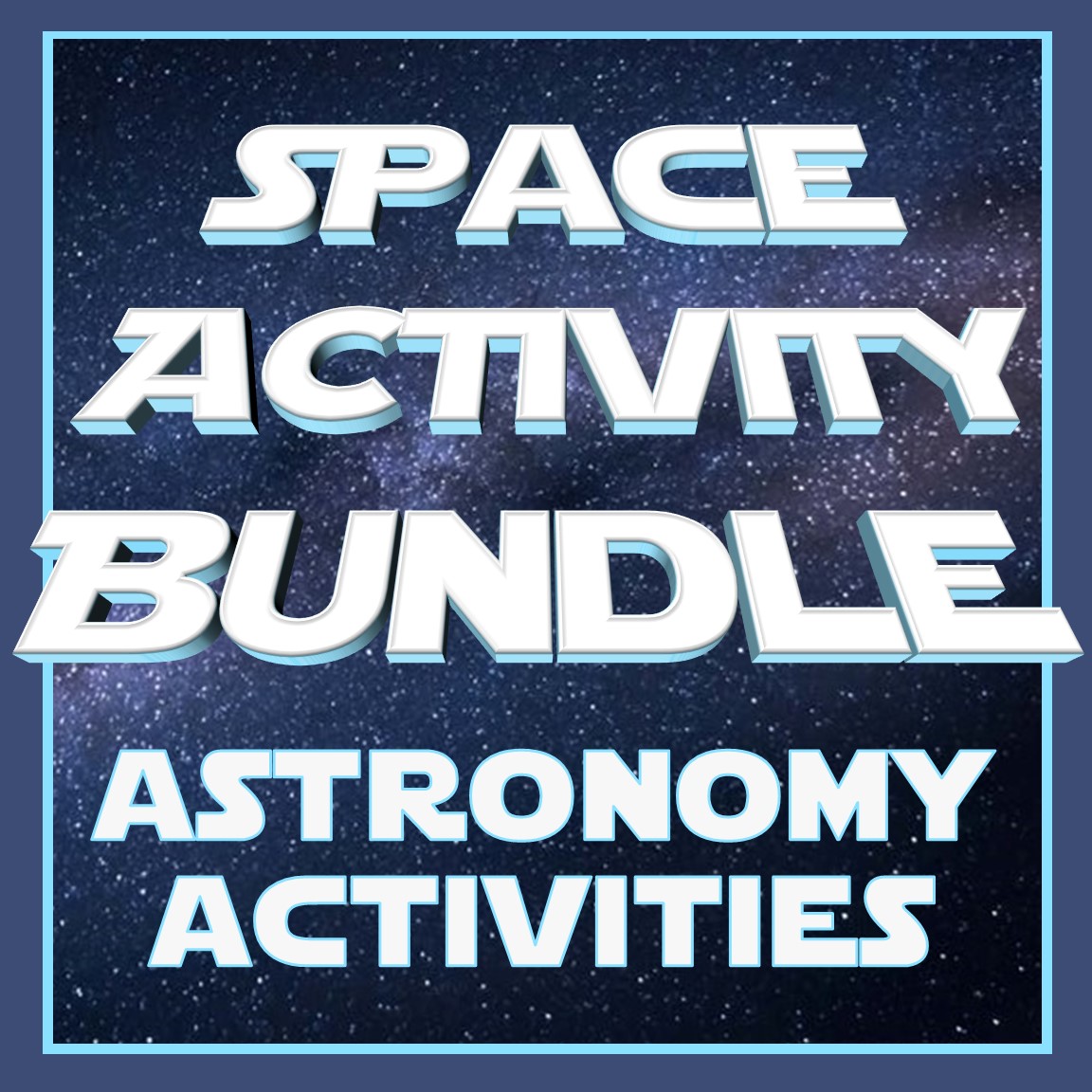
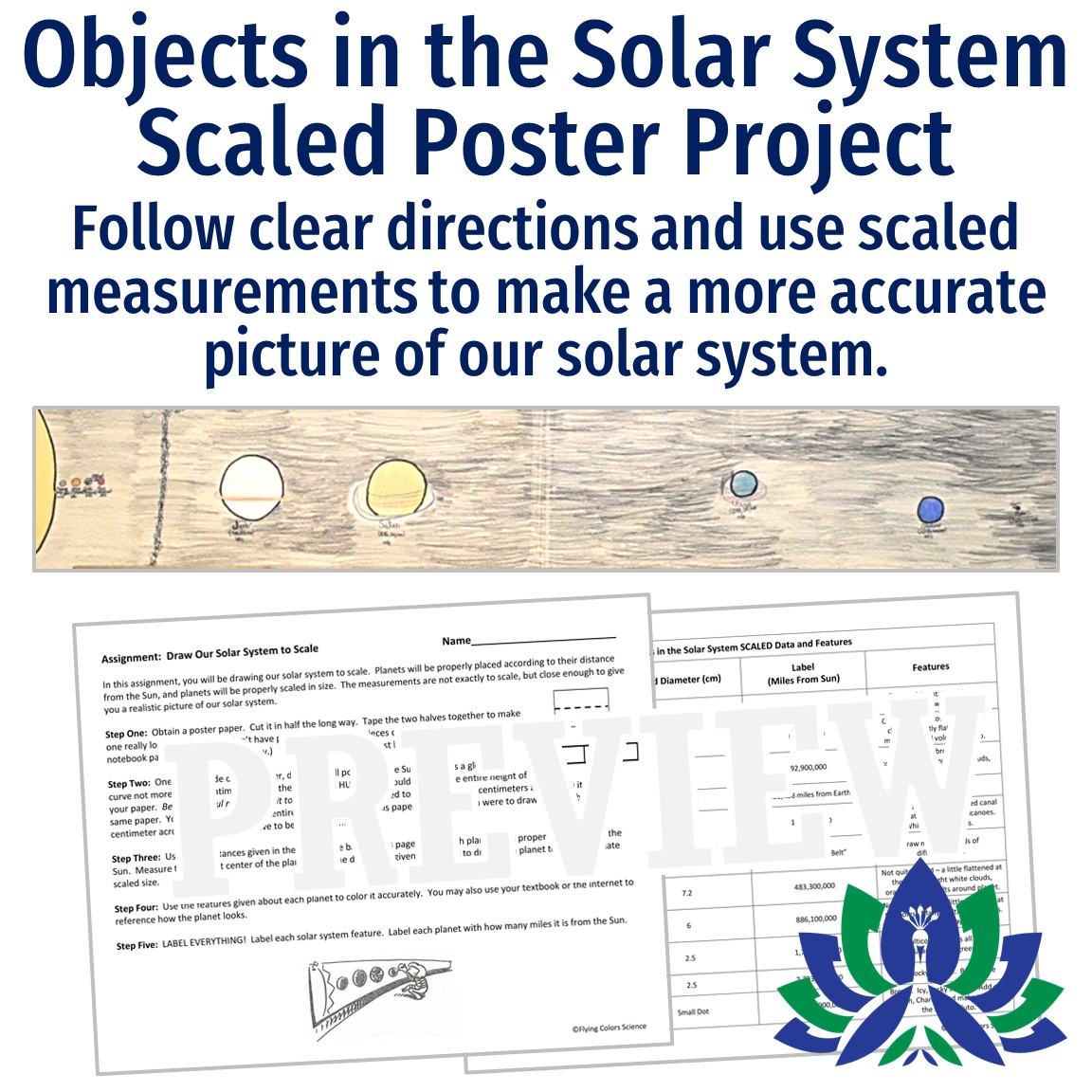
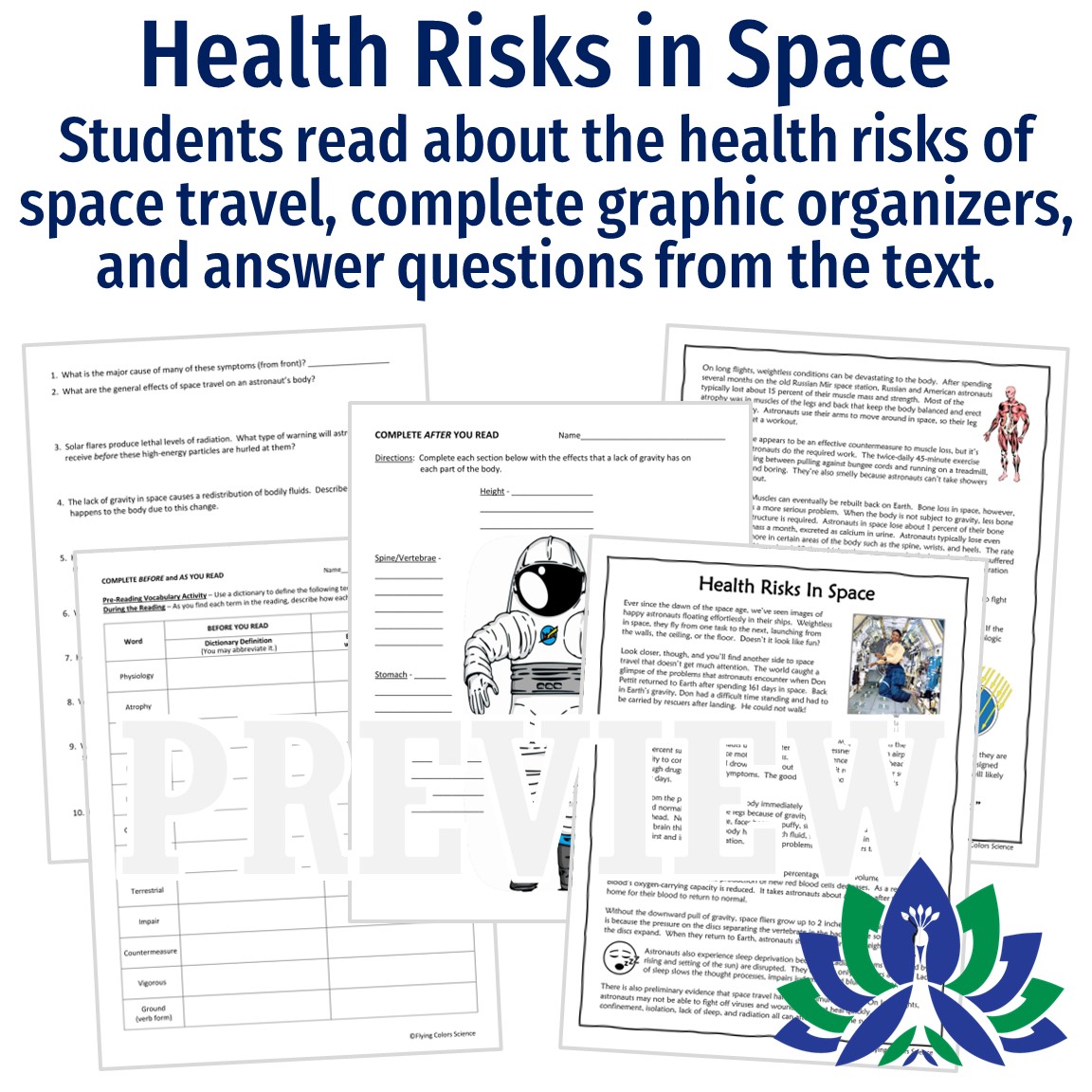

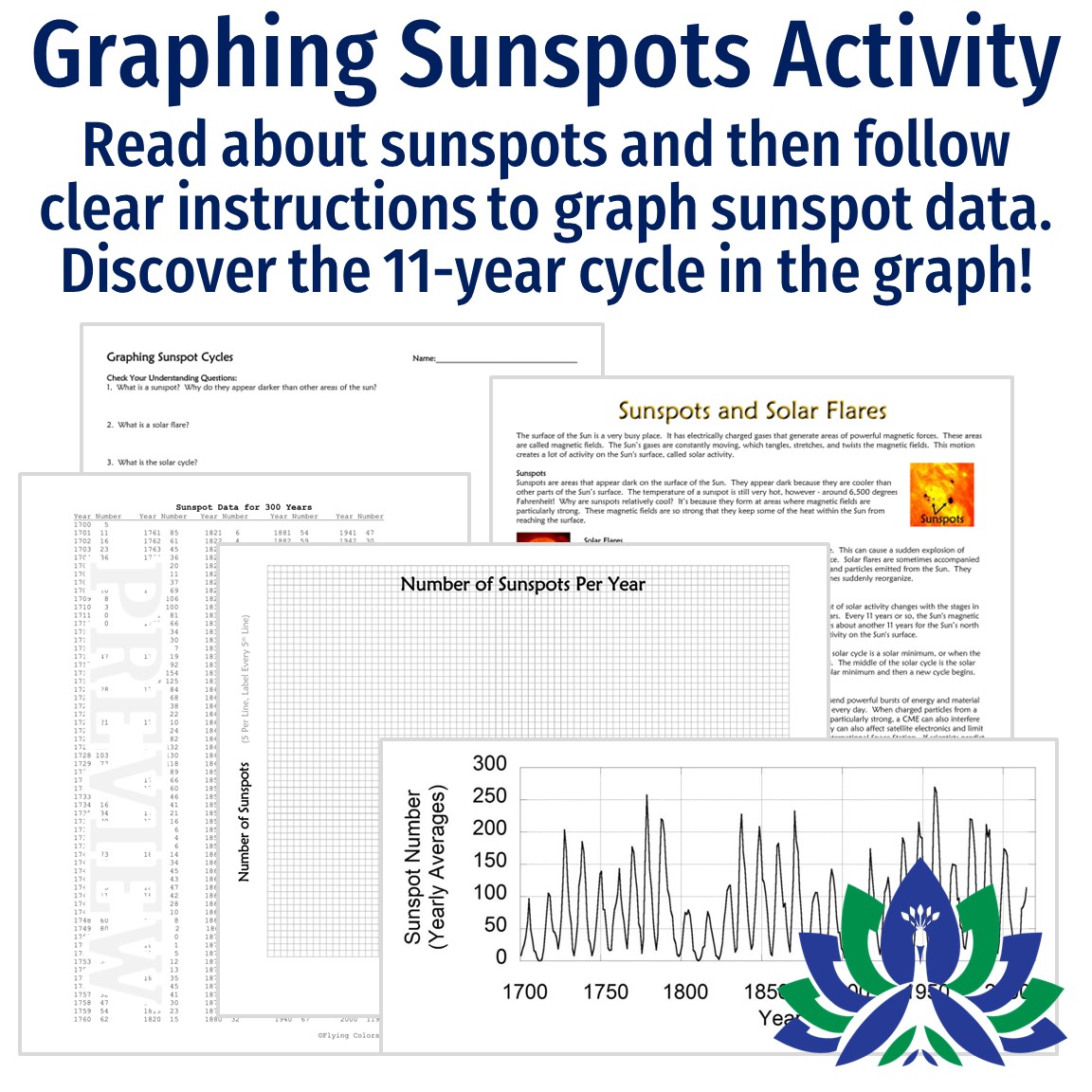

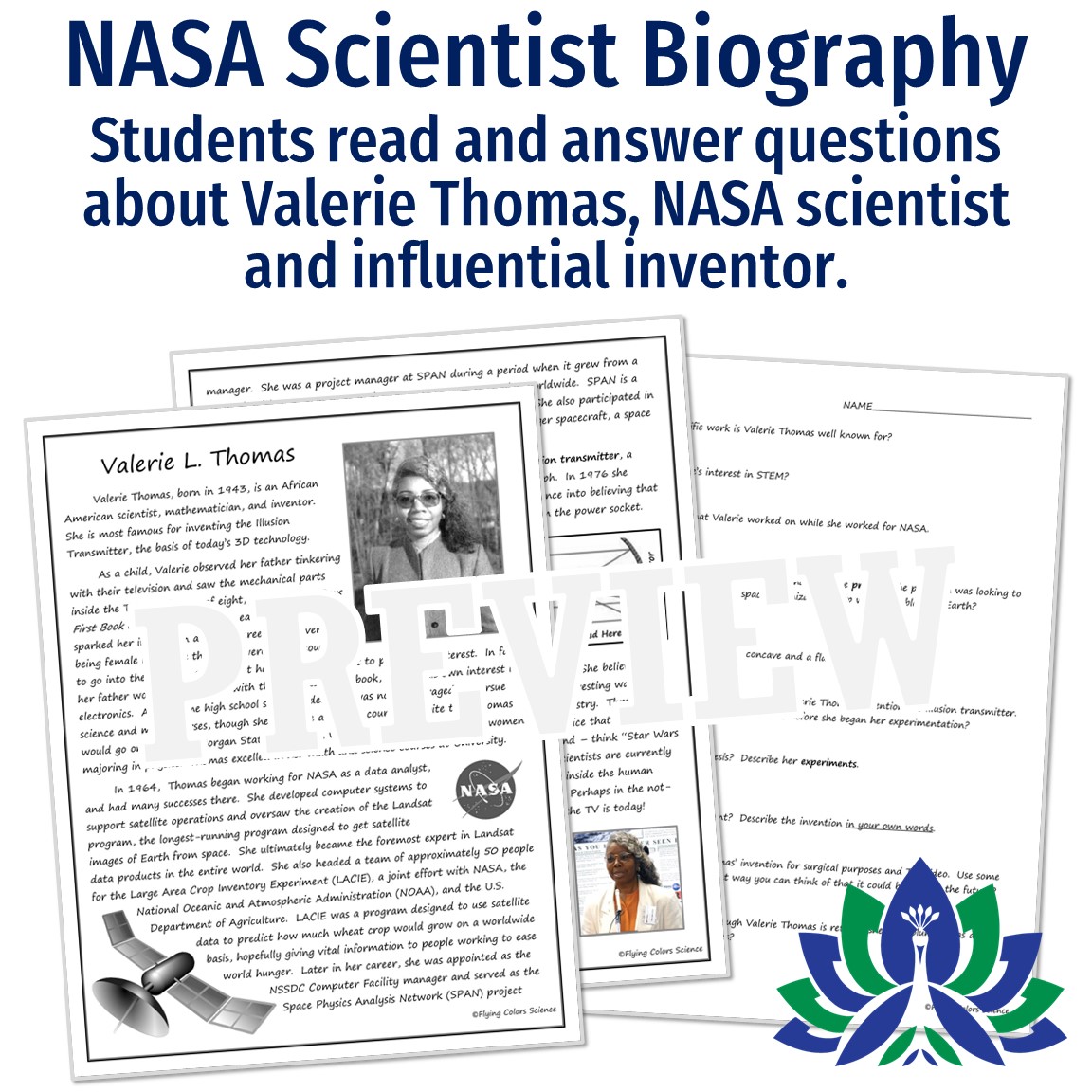
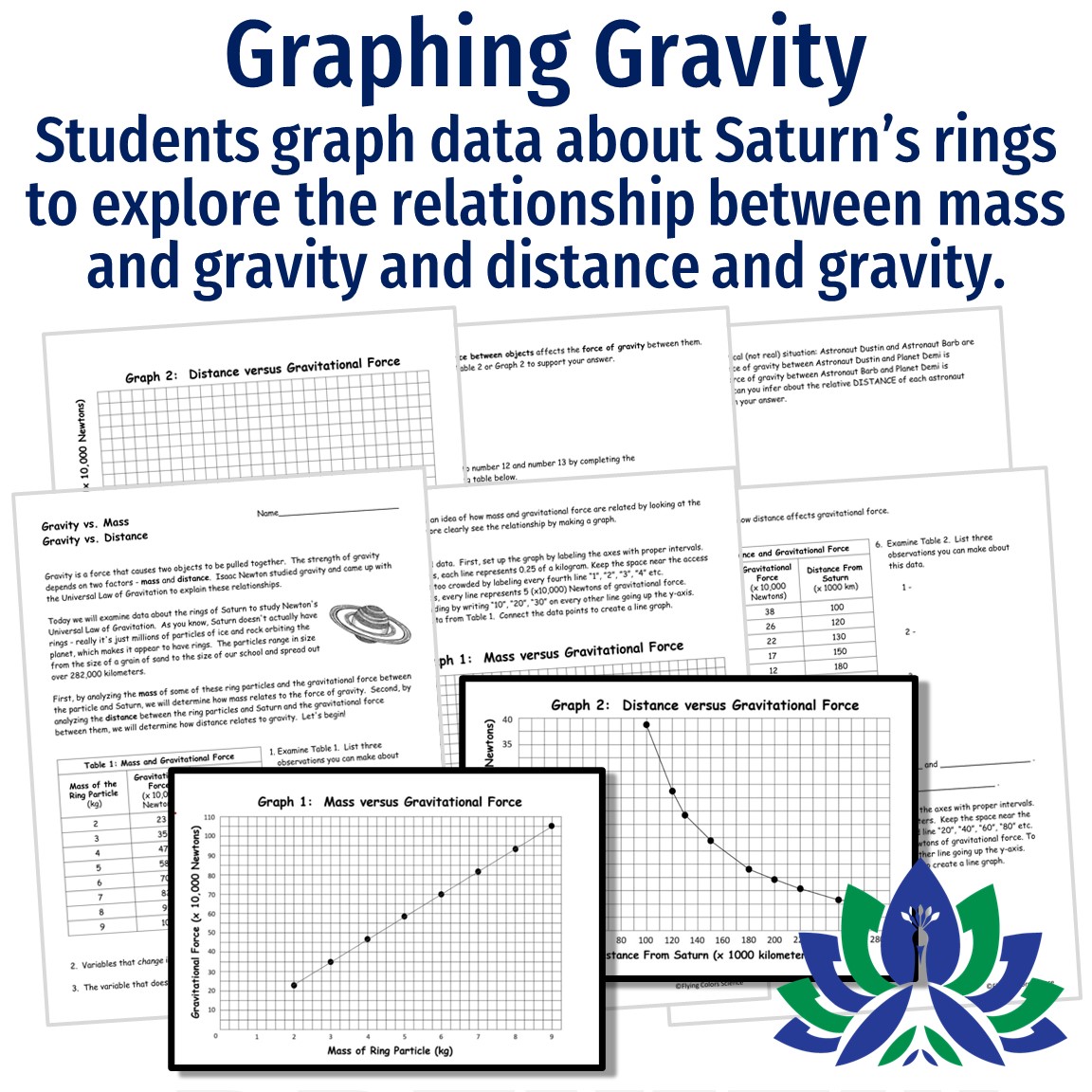


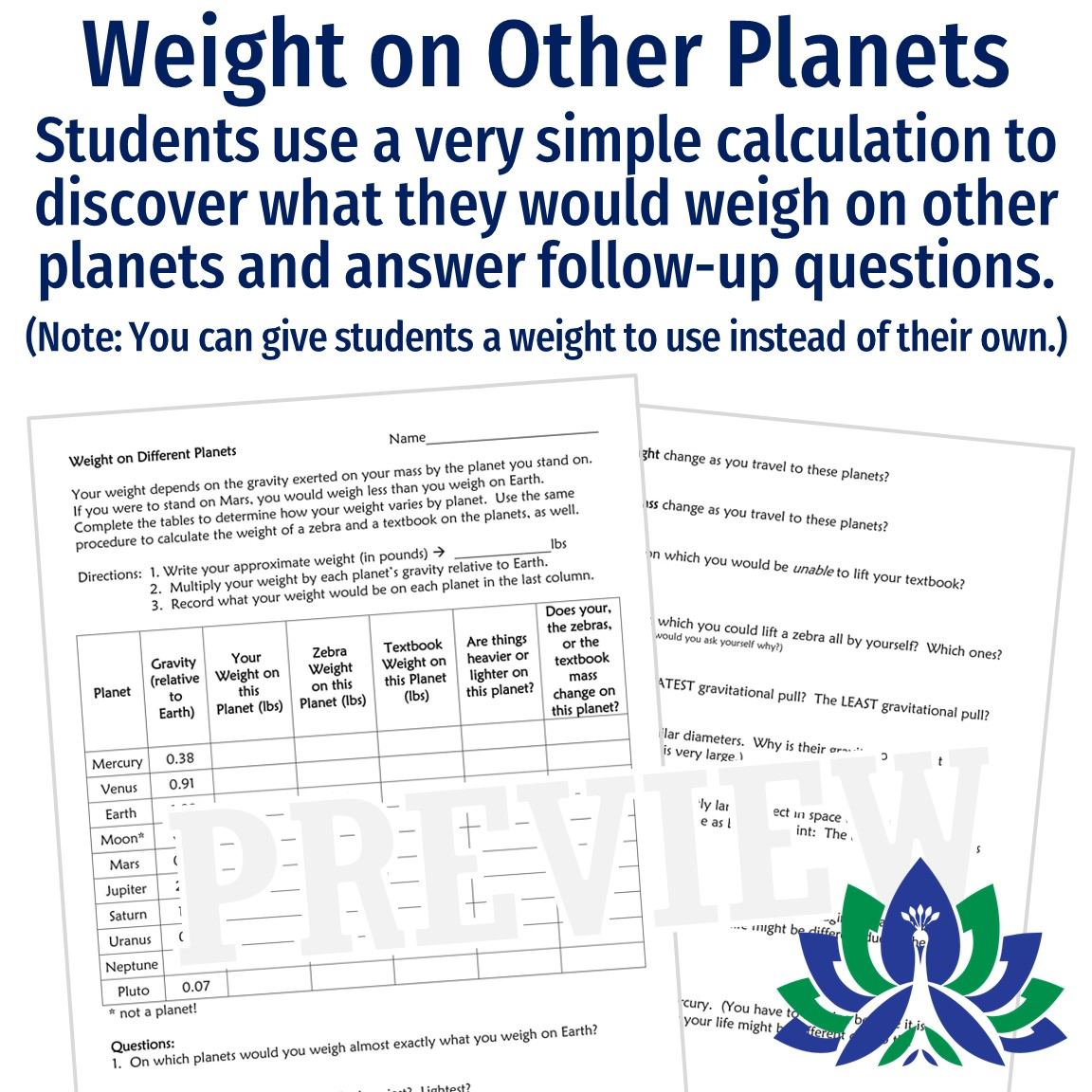
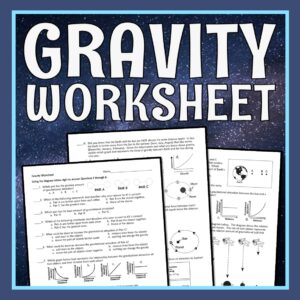
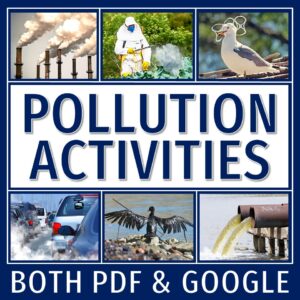
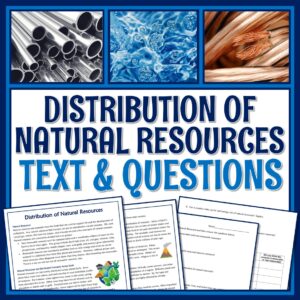

Reviews
There are no reviews yet.